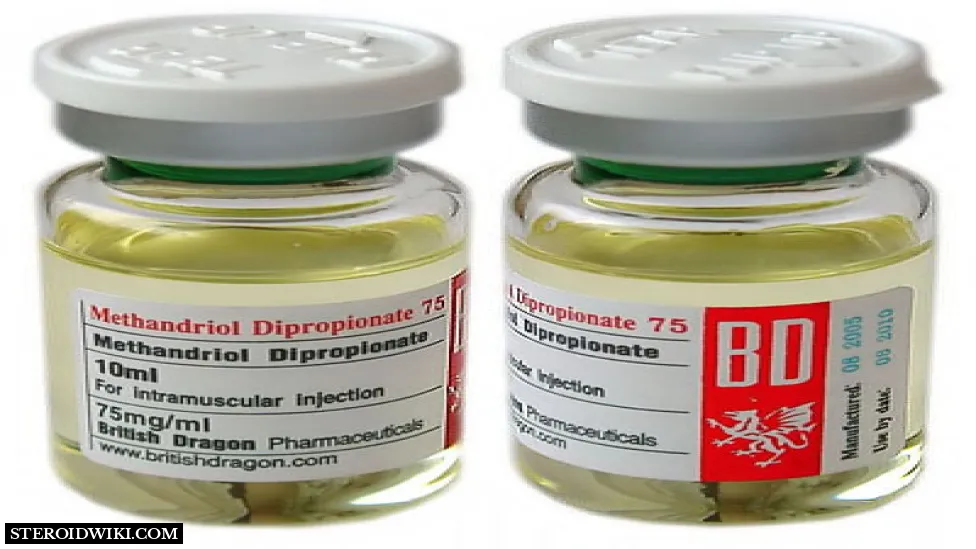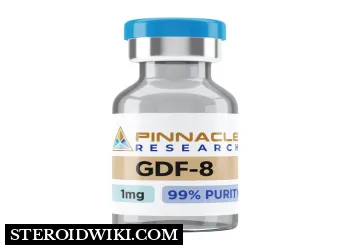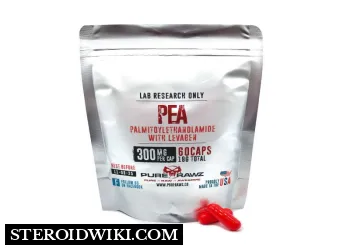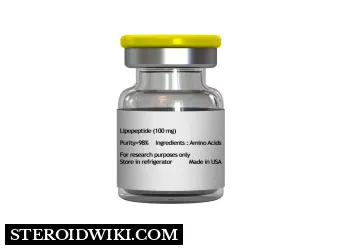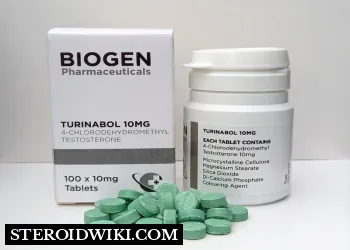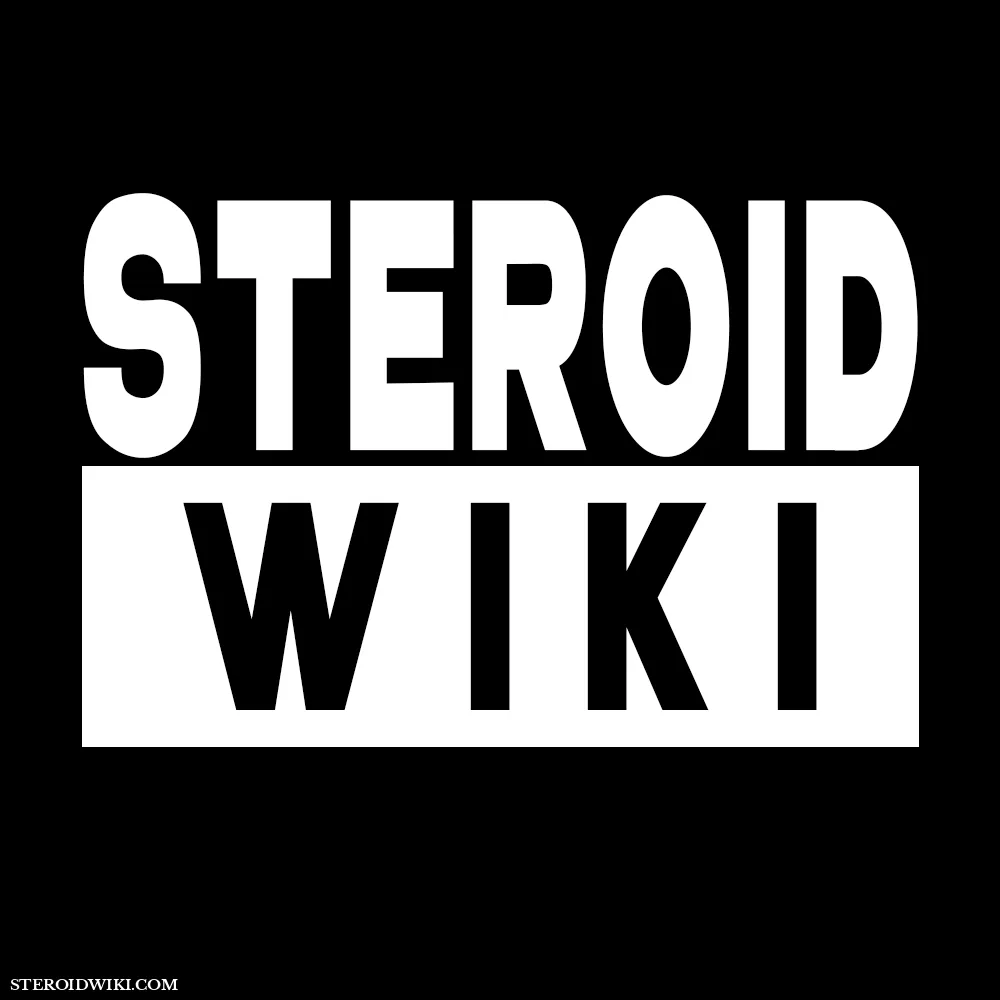Methandriol Dipropionate Steroid Usage, Dosage, Benefits, Side Effects and Other Relevant Details
Table of Content
Description
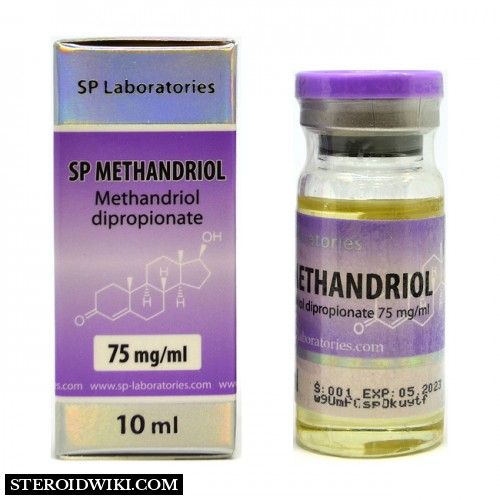
Methandriol dipropionate is a potent chemical that has both muscle-building and masculinizing properties. It was developed in the 1980s and immediately gained popularity among bodybuilders and po2werlifters.
Methandriol Dipropionate (MD) is a slow-acting steroid available for injection and tablets. It is beneficial for increasing strength and muscle mass. Its effects are comparable to that of Deca-Durabolin and Testosterone Enanthate together. Excessive use might result in adverse effects such as increased fat and water retention.
Methandriol is most often accessible as an oral 17-alpha-alkylated version, which should be used with caution owing to possible liver strain. This short period of usage is attributed to hepatotoxicity. However, its popularity has declined, and it is now uncommon in weightlifting.
Molecular structure

Molecular Formula
C26H40O4
Molecular Weight
416.5934
Anabolic and Androgenic Potential of Methandriol Dipropionate
Methandriol Dipropionate possesses strong anabolic and androgenic qualities, making it appropriate for strength and muscular mass growth. The effects are comparable to a combination of Deca-Durabolin and Testosterone enanthate. It helps increase power and muscular growth, similar to testosterone, but without excessive water retention like Deca-Durabolin does.
Combining Effects to Improve Results
The use of Methandriol Dipropionate in conjunction with other steroids yields the most notable results. This stems from M.D.'s capacity to amplify the effects of other steroid compounds. It achieves this by heightening the sensitivity of the muscle cell's androgenic receptors. Consequently, these receptors can absorb more steroid molecules from concurrently administered steroids.
Methandriol Dipropionate: Uses
Methandriol Dipropionate is a longer-acting form of Methandriol dissolved in water. The medicine increases strength and muscle mass and has potent anabolic and androgenic properties. Its effects are comparable to those of a stack like Deca-Durabolin + Testosterone Enanthate. It adds to a good rise in strength and muscle, much like testosterone, although it does not retain more water than Deca-Durabolin. Combined with another steroid, it can produce better benefits than alone.
Use Methandriol to promote:
- An increase in muscle mass
- Improves muscle mass
Application Dipropionate may cause the following side effects:
- Methandriol Dipropionate increases muscle sensitivity to androgen. Consequently, muscle cells can more effectively assimilate steroid molecules from concurrently administered steroids.
- A select group of athletes utilizing these compounds report improved muscle strength and growth, coupled with reduced water retention in the body.
- Users of Methandriol Dipropionate highlight significant gains in strength, solid muscle development, and minimal water retention. Combined steroids have modest aromatization tendencies. When using Methandriol Dipropionate alone, the potential for employing antiestrogens might be considered.
- Increased greasiness of the skin
- The appearance of acne
- Excessive hair growth on the face and body
- Baldness
Main side effects of Methandriol Dipropionate
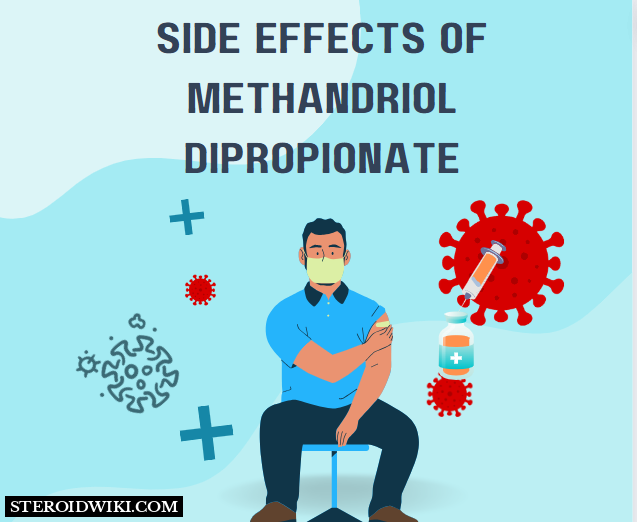
- Liver Effects: Even in oral form, Methandriol Dipropionate can affect the liver. It may lead to increased secretion from the liver.
- Gastrointestinal Effects: Some users might experience gastrointestinal issues, including stomach discomfort or related problems.
- Acne: Methandriol Dipropionate use may lead to skin issues like acne, causing pimples and blemishes.
- Gynecomastia: There's a possibility of developing gynecomastia, which is the enlargement of breast tissue in males.
- Aggressiveness: Some users might experience increased aggressiveness or mood changes while using Methandriol Dipropionate.
- Arterial Tension Increase: The drug might cause a rise in arterial tension, which is blood pressure against the walls of arteries.
Administration
Methandriol is toxic to the liver, so it is recommended to use the injectable form to reduce the damage to a minimum. In women, the virilization of Dipropionate can start the process. There are two forms of Methandriol, oral and injectable so that every athlete can choose the appropriate option. The injectable form of M.D. possesses only slight toxicity, contributing to its safety profile for users.
Dosage
Methandriol is a strong medicine athletes use to help them become stronger and build more muscles. The usual dosage for athletes is 100 mg every 2-3 days. If you go for the injectable Methandriol, take 200 to 400 milligrams weekly. It's best to get injections every 3 to 4 days to keep the right amount of medicine in your blood. Cycles generally last no more than 6-8 weeks to minimize hepatotoxicity and strain on the liver since the drug is a C-17aa. This level of use is sufficient for moderate gains in muscle size and strength, which a low level of water retention may accompany.
Stacking
Combining secondary drugs with methandriol might not be fruitful. It lacks strong androgenic properties, and its anabolic effects often result from estrogen agonism. Therefore, using an anti-aromatase or estrogen antagonist might mitigate estrogen-related issues but can diminish the benefits of methandriol.
Stacking Choices:
Pairing Methandriol Dipropionate with an aromatizable compound proves to be a logical approach. Testosterone is a prime candidate, with doses ranging from 250 to 750 mg per week. Its aromatization enhances methandriol's primary function, and its conversion to DHT through the 5-alpha-reductase enzyme allows it to capitalize on methandriol's androgen receptor enhancement. Alternatively, a mildly aromatizing hormone-like boldenone (300-400 mg per week) might suit those concerned about estrogenic effects. However, using a moderate compound like boldenone in isolation raises questions, given that methandriol lacks significant additional benefits.
Post-Cycle Considerations
Utilizing estrogen antagonists like Clomid or Nolvadex post-cycle is strongly recommended to restore natural testosterone levels. This is particularly crucial due to elevated post-cycle estrogen levels. Administering Nolvadex for 3-4 weeks with a tapering dosage (40, 30, 20 mg) every 7-8 days can aid in restoring natural testosterone production and retaining gains. Methandriol Dipropionate, contains the steroid Methandriol Dipropionate, a derivative of dihydrotestosterone. The propionate ester is added to this drug, extending its half-life in the body for several days.
Conclusion
Methandriol Dipropionate (M.D.) is a version of water-soluble Methandriol Dipropionate, renowned for its prolonged effectiveness. It can be either dissolved in oil for injections or produced in tablet form, as it retains its efficacy when taken orally. M.D. boasts potent anabolic and androgenic properties, making it well-suited for building strength and muscle mass. The effects are comparable to a blend of Deca-Durabolin and Testosterone enanthate. Like testosterone, it contributes to enhanced strength and muscle growth while avoiding excessive water retention, akin to Deca-Durabolin. Optimal outcomes are often achieved when M.D. is combined with another steroid. This is because M.D. can amplify the effects of other steroid compounds. It achieves this by heightening the sensitivity of muscle cells androgenic receptors, allowing them to absorb more steroid molecules from concurrently administered steroids.
In conclusion, Methandriol Dipropionate (M.D.) presents a unique dual-action approach to promoting anabolic development and strength gains. Its ability to enhance the effects of other steroids, combined with its controlled water retention, makes it a compelling option for athletes seeking muscle growth and improved performance.
Click here to read more about steroid profiles.
References
- Methandriol dipropionate (2023) Wikipedia. Wikimedia Foundation. Available at: https://en.wikipedia.org/wiki/Methandriol_dipropionate (Accessed: 9 November 2023).
- Methandriol dipropionate (2023) National Center for Biotechnology Information. PubChem Compound Database. U.S. National Library of Medicine. Available at: https://pubchem.ncbi.nlm.nih.gov/compound/107421#section=CAS
- NCATS Inxight Drugs - METHANDRIOL DIPROPIONATE (2023) Inxight Drugs. Available at: https://drugs.ncats.io/drug/8XIW70Q5I3 (Accessed: 9 November 2023).
- BARBOSA, J., SEAL, U.S. and DOE, R.P., 1971. Effects of anabolic steroids on hormone-binding proteins, serum cortisol and serum nonprotein-bound cortisol. The Journal of Clinical Endocrinology & Metabolism, 32(2), pp.232-240.
- Substance Information (2023) ECHA. Available at: https://echa.europa.eu/substance-information/-/substanceinfo/100.020.669 (Accessed: 9 November 2023).
- Methandriol (2023) Methandriol. Available at: https://inchem.org/documents/pims/pharm/pim906.htm (Accessed: 9 November 2023).
Disclaimer: SteroidWiki doesn’t promote unlawful usage of any chemical compound. The knowledge presented in this article and on the website is purely for educational purposes. If you intend to use the information provided in this article for any purpose, please make sure to check & comply with the laws of your country or area.

